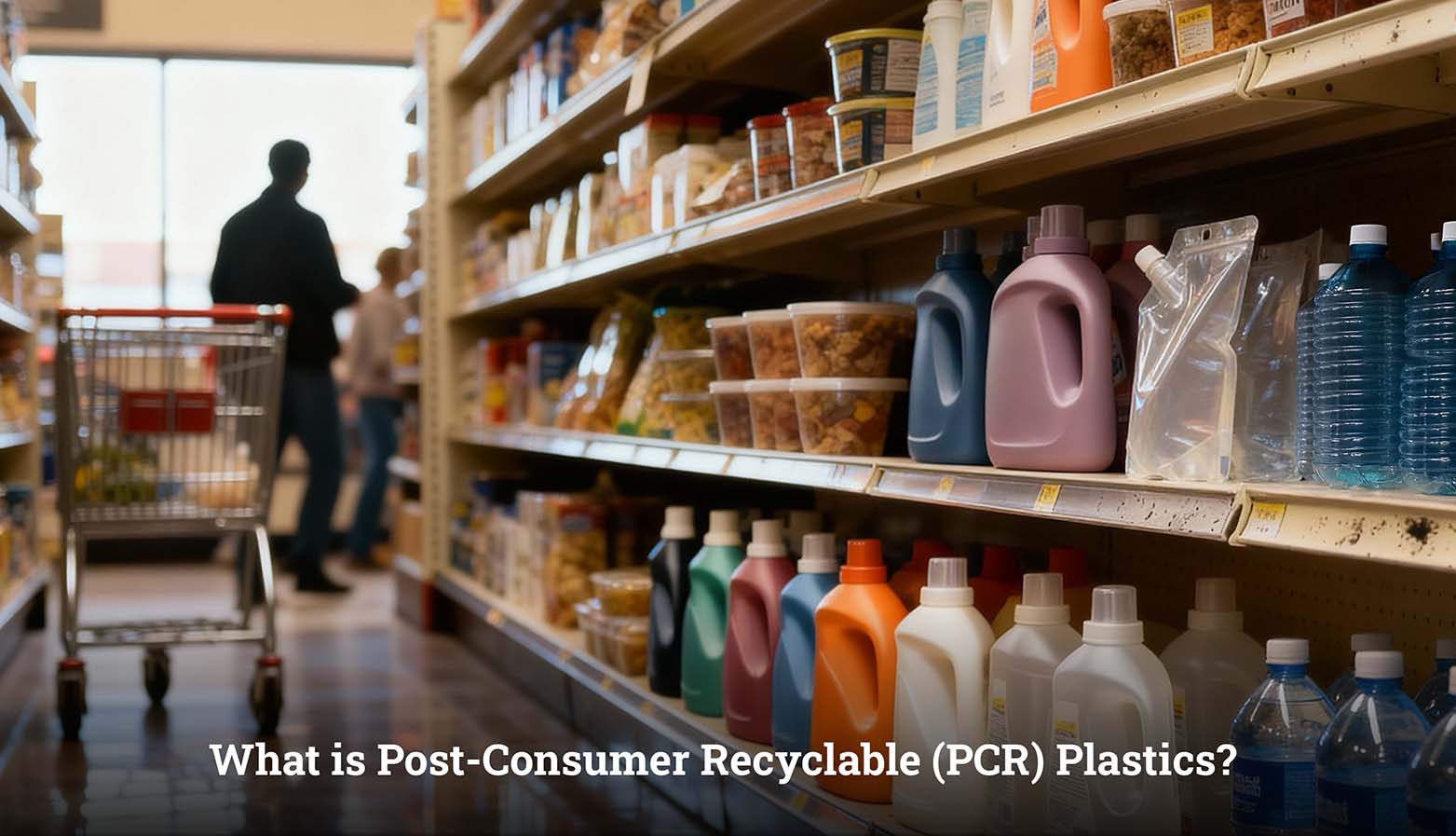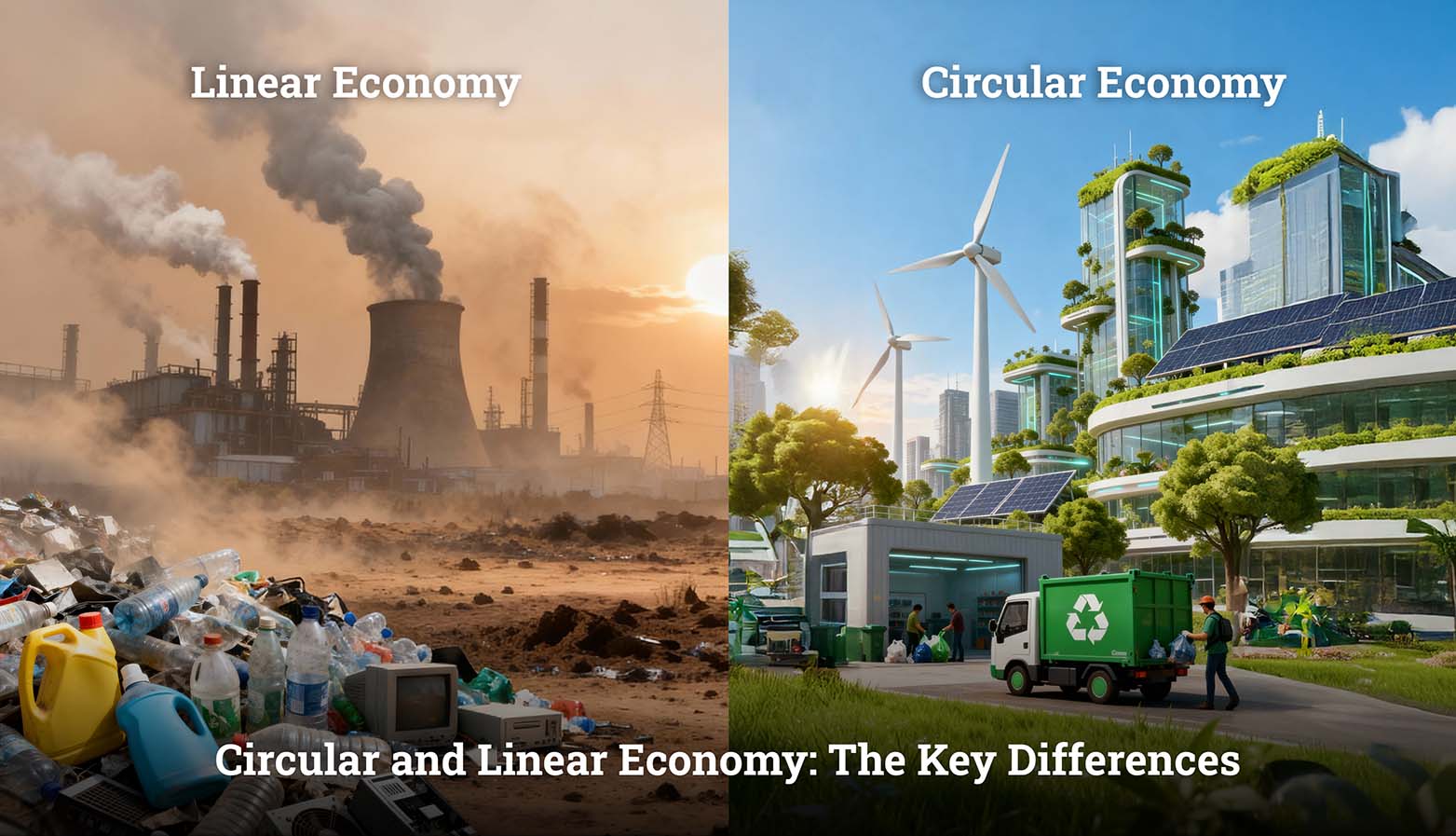Introduction
An efficient waste management system is essential for a clean and sustainable ecosystem. Waste segregation is one of the most efficient waste management steps, which can be categorized under two common categories, Dry Waste and Wet Waste. In addition to increasing recycling efficiency,. We can help create a healthy planet by being aware of the distinctions between various waste categories and using appropriate disposal techniques. Dry and wet waste segregation is a much-needed process and this blog discusses the differences between dry and wet waste, appropriate disposal techniques, and the need for segregation for environmental sustainability.
What is dry waste?
Dry waste, also known as solid waste, refers to any waste material that does not break down quickly and remains in its original state for a long time and requires special disposal methods to avoid environmental damage. It includes both recyclable and non-recyclable materials such as plastic, glass, metal, paper, thermocol, rubber, bottles etc. and have the potential to be recycled to new products.
Types of dry wastes are:
Plastic waste – Bottles, wrappers, food containers, plastic bags, straws, and packaging materials. Some plastics can be recycled, while others end up in landfills or oceans if not managed properly.
Paper waste – Newspapers, magazines, notebooks, packaging cartons, and office paper. These can be recycled into new paper products.
Glass waste – Broken glass, bottles, jars, and mirrors. Glass can be melted down and reshaped multiple times without losing quality.
Metal waste – Aluminum cans, tin foil, metal scraps, and old utensils. Metals can be melted and reused in industries.
E-waste (Electronic waste) – Old mobile phones, batteries, wires, chargers, and electronic appliances. These contain valuable metals but can also release toxic chemicals if not disposed of properly.
Wood and packaging materials – Wooden furniture, plywood scraps, thermocol, bubble wrap, and Styrofoam. Some of these can be repurposed or recycled.
How dry waste is to be disposed of?
Dry waste consists of materials that do not decompose naturally, such as metal, glass, paper, and e-waste. Here are some of the ways to dispose dry waste:
Segregate at source – Keep dry waste separate from wet waste in a clean, dry bin.
Clean and dry — Rinse out plastics, take off any food residue, and dry recyclable materials before you throw them in the bin.
Paper & cardboard recycling – Take your newspaper, magazine, and cartons to your nearest recycle center.
Recycle and get rid of plastics – Identify recyclable plastics and hand over to waste collection.
Handle glass with care — Recycle all bottles and jars; seal the broken glass in paper before throwing it away.
Sell metal waste — Turn aluminum cans, tin foil, and old utensils over to scrap dealers.
E-Waste disposal – Take old electronics and batteries to collection centers.
Reduce & reuse—Try to minimize single-use plastics in your environment and consider upcycling materials when you can.
What is wet waste?
Wet waste is biodegradable and decomposes naturally. It primarily includes food scraps, paper waste, and garden waste. Due to its quick decomposition, it should be segregated from dry waste to prevent contamination. Wet Waste also refers to all items that are organic like food items, soiled food wrappers, hygiene products, yard waste, tissues and paper towels, as well as any other soiled item that would contaminate the recyclables. Proper disposal methods, such as composting at home or sending it to municipal composting facilities, help minimize landfill waste and promote environmental sustainability.
How wet waste is to be disposed of?
Wet waste can be also recycled and converted into compost. The bulk of the wet waste is generated by kitchens and restaurants. Wet waste has to be segregated with dry waste and kept in an open garbage dump to avoid pollution and foul smell. Removing extra liquids before disposing can also help reduce unpleasant smells and pest problems, and some food scraps can even be reused as animal feed. Proper wet waste management reduces landfill waste and promotes a more sustainable environment.
Why is waste segregation of dry and wet waste necessary?
By dry and wet waste segregation, it is easier to recycle the plastic. When these are mixed together, the dry waste will be contaminated and it will be harder to recycle that.
Proper wet waste management and dry waste management is necessary because, it will help in reducing;
- Greenhouse gas emission
- Toxic gas explosions
- Waste Landfill
- Air, soil, and water pollution, etc.
How to do segregation of wet and dry waste at home?
Segregation can be simply done at home, it just needs a little mindfulness. This will help the authorities to make their job a little easier. To get started with it, you just need some awareness and the desire to act towards this.
You need to keep these following things in mind before segregating waste at home:
- Keep 2 separate dustbins for dry and wet waste
- Remove any covering on the kitchen waste before throwing it in the dustbin
- Do not mix wet waste with dry waste
- Keep the plastic from the kitchen dry and separate in the dry bin
- Keep the dry waste rinsed of any food content before throwing in dry bin
- Throw the sanitary waste in a separate paper bag
Conclusion
So, these are some of the important practices that every individual can follow for environmental protection. Dry and wet waste segregation helps in reducing pollution, increasing recycling efficiency, and reducing landfill waste. Little things — like rinsing recyclables, composting food scraps, and using designated collection services — go a long way. The journey to sustainable waste management starts at home, and when we all embrace mindful habits, we are contributing to building a cleaner & greener future.
FAQ's
How does waste segregation impact recycling efforts?
Dry waste and wet waste management play an important role in recycling. When dry and wet waste are mixed, recyclable materials like paper and plastic get spoiled, making them less likely or impossible to recycle. In order to be sorted, processed and reused properly, the materials must be segregated at source as this reduces the need for extracting of new raw materials and helps reduce the flow of waste into the landfills. Dry and wet waste management is a must when it comes to recycling.
What are some examples of dry and wet waste?
Dry wet waste segregation is something that starts from our home.
Dry Waste: Plastic Spoons, Bottles, Paper, Glass, Metal Cans, E-waste, Cardboard, Thermocol.
Wet Waste: Orange peels, spoiled food, paper towels, leftover food, etc.
What role does waste segregation play in reducing pollution?
Also, it helps keep pollution to a minimum by reducing landfill waste, air pollution as well as water consumption. Without proper wet waste and dry waste segregation, wet waste decomposes and emits methane, a potent greenhouse gas, while dry waste such as plastic and metal can leach toxic substances into the ground and water. It significantly reduces pollution in the environment and ensures that the environment is clean because proper segregation can lead to better recycling, composting and disposal. Dry and wet waste management is always a good choice to make our planet clean.

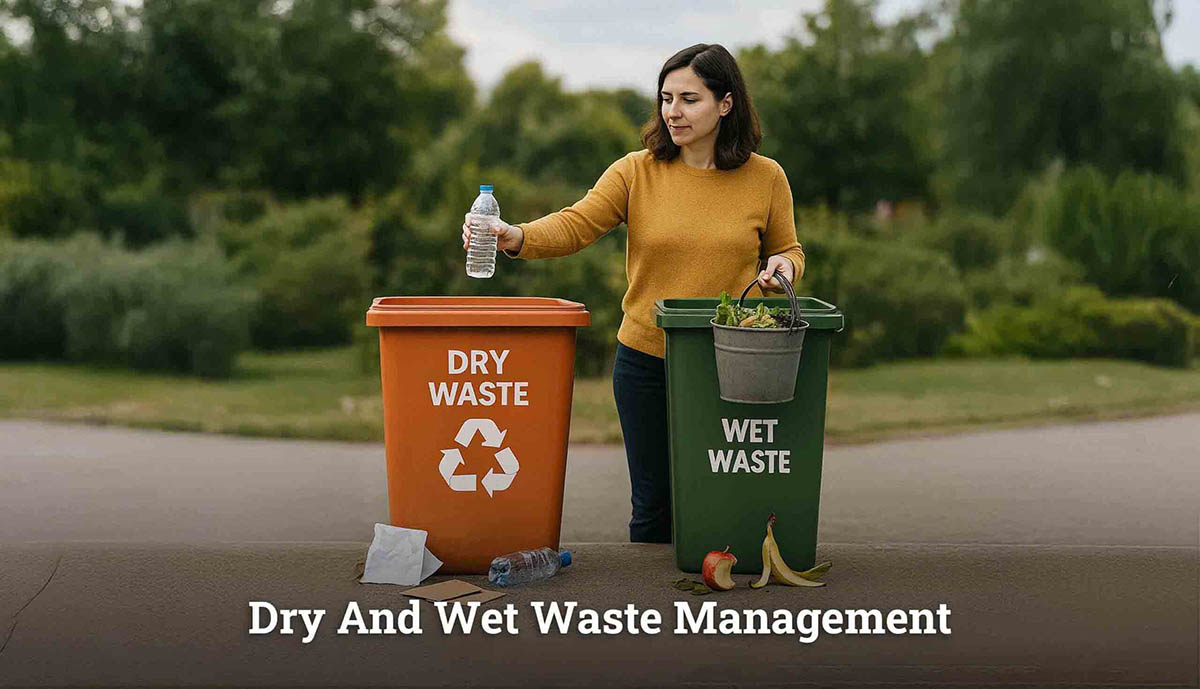
 Why Choose Banyan Nation as your EPR Consultant in India?
Why Choose Banyan Nation as your EPR Consultant in India?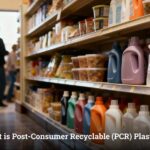 What is Post-Consumer Recyclable (PCR) Plastic?
What is Post-Consumer Recyclable (PCR) Plastic?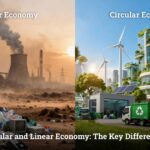 What is the Difference Between Circular Economy & Linear Economy
What is the Difference Between Circular Economy & Linear Economy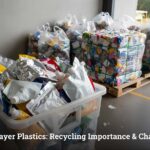 Why Recycling Multi-Layer Plastics is Important?
Why Recycling Multi-Layer Plastics is Important? How Recycling Can Help Reduce Plastic Pollution in the Ocean
How Recycling Can Help Reduce Plastic Pollution in the Ocean
